OCZ Neutrino 10″ DIY Atom Netbook Review
Neutrino Layout

The OCZ Neutrino Netbook measures 10.3″ x 7.3″ x 1.5″ (241 x 185 x 38 mm) and weighs a chunky 2.86 lbs (1.3 kg). It features an 83-key keyboard and has the other usual features like a 1.3-megapixel webcam with microphone that is now the standard on any netbook or notebook. One interesting thing about the Neutrino’s design is that the speakers sit just above the keyboard rather than in the LCD bezel or on the front side of the chassis. To make the speakers fit OCZ shifted the keyboard away from the hinge a bit, thus decreasing the size of the palm rest and then, more importantly, shrinking the touchpad’s dimensions.
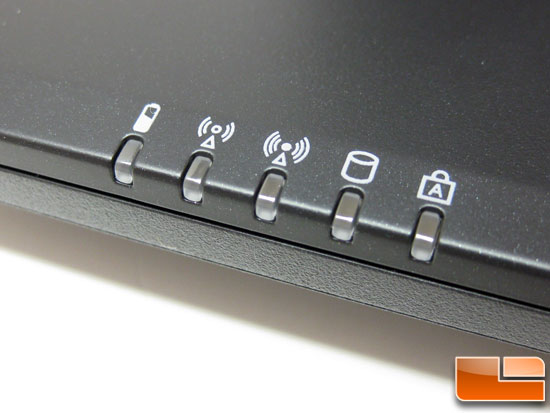
The front edge houses an array of status indicator lights (shown above) and the Neutrino’s audio headers (shown below).
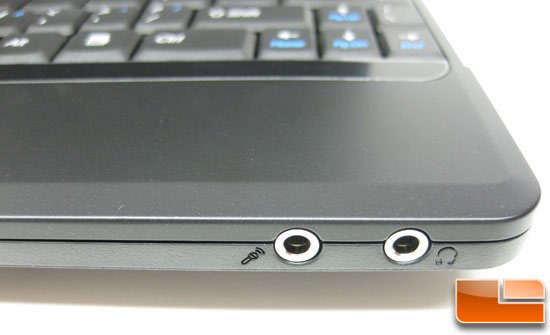
The front right corner of the Neutrino is where the headphone and microphone jacks are located, which isn’t my favorite place for them to be located. This article is being written on a notebook with the audio jacks right smack dab in the middle of the front bezel, which has been found to be great as it doesn’t get in the way when you are typing. This is a personal preference, though, and will obviously vary from person to person.
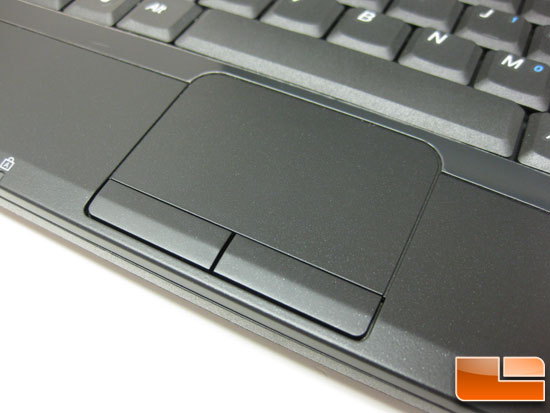
The Neutrino has a fairly small touchpad with the vertical scroll zone located on the right side. The touchpad’s buttons are a little too small for our taste, but there isn’t much room on this chassis to work with. During our testing with the Neutrino it became obvious that it was a little too touchy; when using the pad, if you are trying to go to a place and double click the mouse it would often go off course. Call it fat thumb syndrome or something like that, but the scroll zone is a PITA.
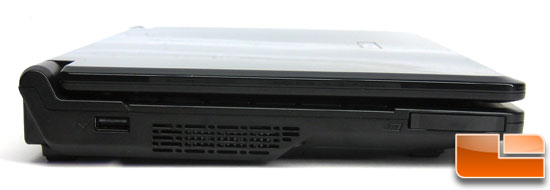
On the left side of the Neutrino netbook you’ll find a single USB 2.0 port, the system’s heat sink exhaust port, and an ExpressCard/34 slot.
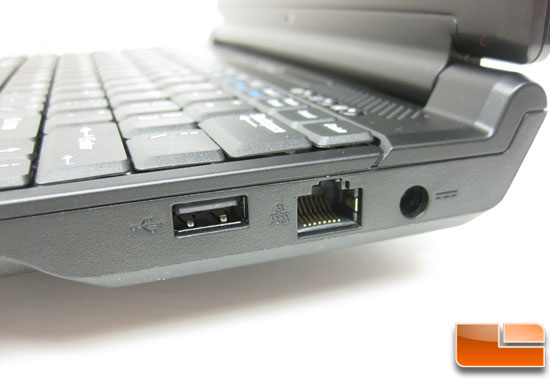
Along the right side of the Neutrino, you’ll find the netbook’s SDHC slot (not pictured), an additional USB 2.0 port, an RJ45 port for Ethernet, and the power connector. The Neutrino does have Gigabit Ethernet support, which is a nice touch on a netbook as you’ll likely be loading files/applications through the network since the system doesn’t have an optical drive.

The rear side of the Neutrino is where the Kensington security slot, battery and VGA header is located.
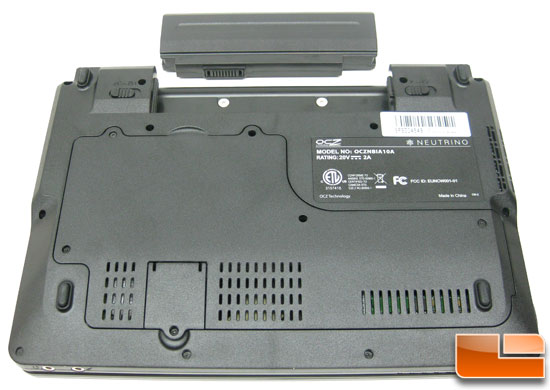
The back of the Neutrino is fairly simple with just the battery and one large panel that needs to be removed to access all the internals. If you look closely you’ll see that the large panel also has a little mini door in it, which is worth further investigation.
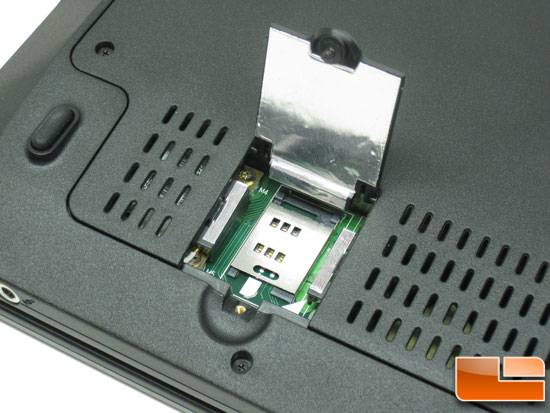
The OCZ Neutrino also supports a cell phone SIM card, but in order to insert a SIM card you need to use a small Phillips-head screwdriver to open the mini door. This is not the ideal solution; if you’d need to insert a SIM card you’d likely be in a different country and we all know how easy it is to fly with a screwdriver set in this day and age of tighter airport security.
Now that we know how the Neutrino is laid out and where the features are located, we can go ahead and install our hardware and install Microsoft Windows 7 RC1 for benchmarking.

Comments are closed.